
We often think of our gardens as something to be enjoyed during the day. But moon gardens are growing in popularity, allowing homeowners the opportunity to peacefully enjoy their landscaping by the light of the moon. The trick is to choose the right plants, which will stand out in dim light so that you can enjoy them.
Consider four types of plants for your moon garden:
Night bloomers. Some plants bloom specifically at night, an adaptive mechanism that helps them to lure pollinating insects that are active after sundown. Evening primrose is exactly what it sounds like! Also look for angel’s trumpet or the appropriately-named moonflower when visiting your local nursery.
White flowering plants. Remember, you’re looking for plants that will be visible by moonlight, so choose plants that flower prolifically. The more blooms, the better! Good choices are azaleas, creeping phlox, leucojums, daffodils, mums, hydrangea, gaura, daisies, Magnolia trees and flowering pear trees.
Plants with bright (such as silver, gold, or variegated) foliage. Bright foliage helps these plants to show up at night. Look for varieties such as lavender, lamb’s ear, artemisia, and hostas..
Fragrant plants. If you’ll be enjoying your garden at night, remember your other senses. Even when your vision is impaired by darkness, you can still enjoy the fragrance of aromatic blooms. Consider including flowers such as roses, lilacs, Easter lilies, peonies and iris in your garden. If you find light-colored or white varieties of these flowers, they can accomplish a dual purpose!
Finally, don’t forget to include non-living elements to complete your moon garden. You will want a place to sit and enjoy your surroundings, so consider including a bench or lawn chairs. Outdoor lighting should be minimal, so as not to overpower the effect of your nighttime garden, but you will definitely want to light your pathways for safety. And no moon garden would be complete without the dramatic effect of a white gazing ball!


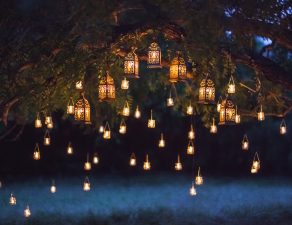
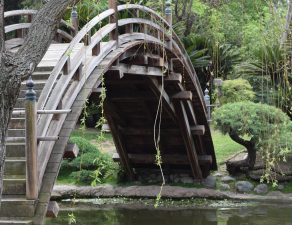
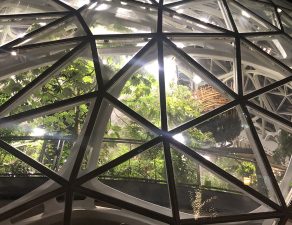
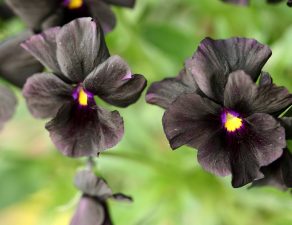
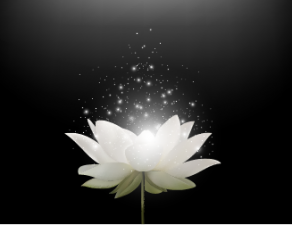
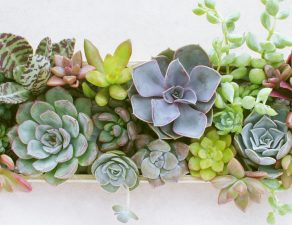
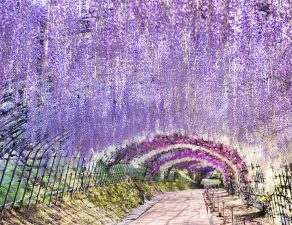
Write a comment: